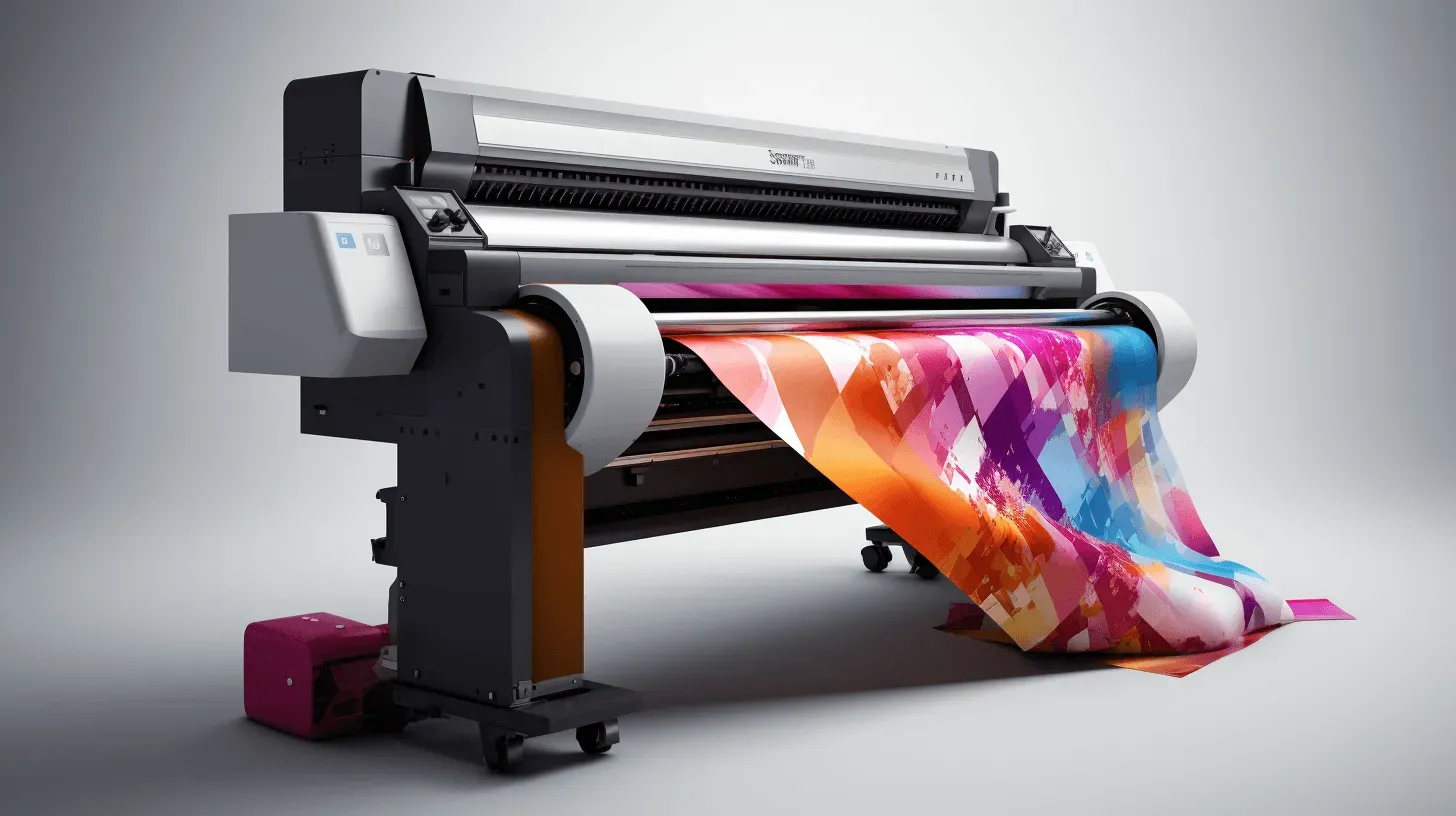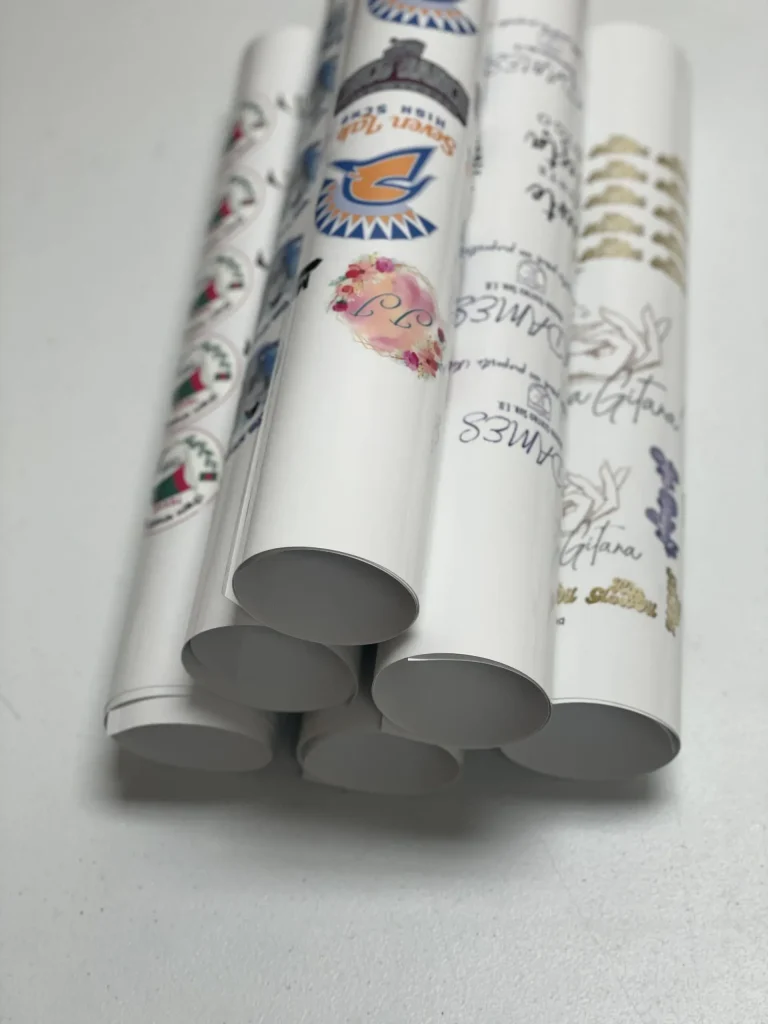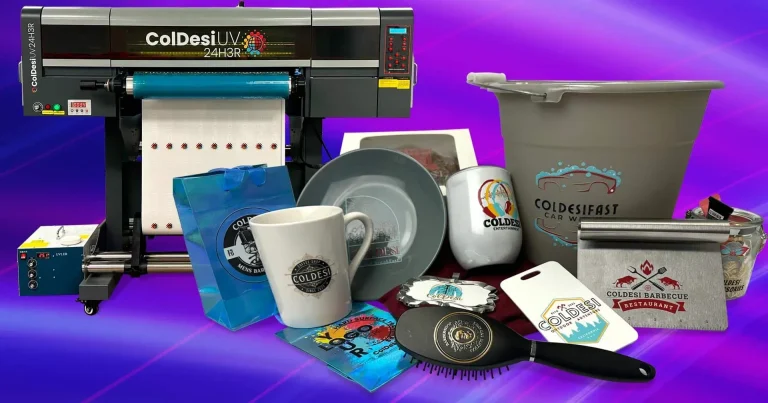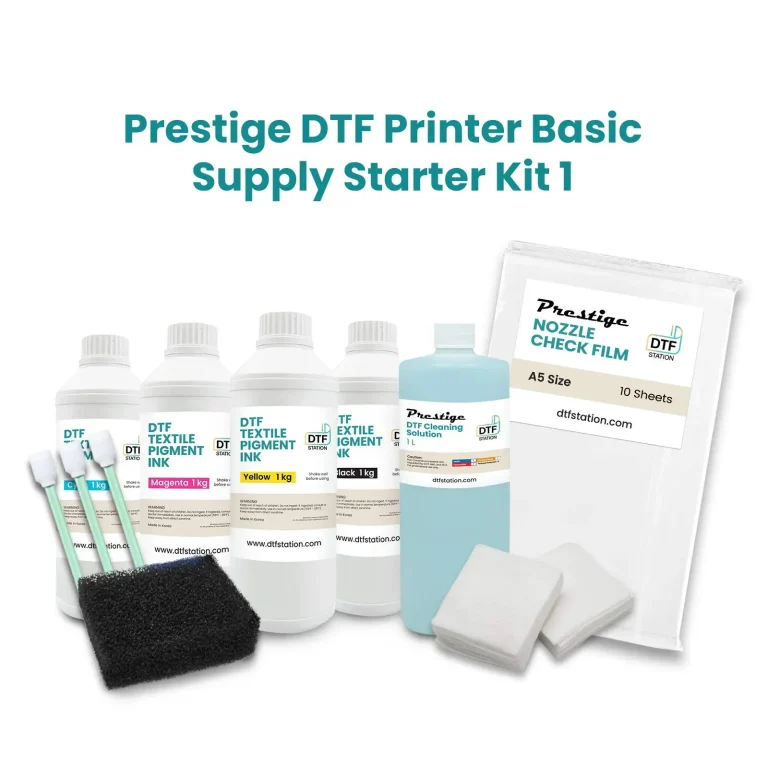
DTF printing, or Direct-to-Film printing, is revolutionizing the way designs are applied to fabrics and other materials. This innovative printing technology is rapidly gaining traction due to its ability to deliver high-quality, vibrant prints on a variety of surfaces, while also being a cost-effective solution for businesses. With the rise of customization in printing, DTF printing empowers brands to produce personalized apparel and promotional items that truly resonate with consumers. Utilizing eco-friendly inks, this technique not only meets consumer demands for style but also aligns with growing sustainability trends. As we delve deeper into the world of DTF printing, we’ll uncover the latest trends and innovations poised to shape the future of print technology.
Direct-to-Film (DTF) printing is emerging as a game-changer in the printing landscape, offering an effective method for transferring images onto various materials. This method stands out for its adaptability and affordability, making it an attractive choice for businesses looking to enhance their product offerings. Furthermore, DTF technology utilizes advanced ink formulations that are kind to the environment, broadening its appeal among eco-conscious consumers. As markets continue to evolve, the demand for unique, customizable printing solutions remains high, positioning DTF as a leading option for entrepreneurs and established brands alike. By exploring the progression and potential of DTF, we can better understand its role in the future of printing.
Understanding DTF Printing Technology
Direct-to-Film (DTF) printing technology is a revolutionary method that allows for high-quality prints on a variety of fabrics. Unlike conventional printing techniques, DTF uses a special film to transfer designs onto garments. This process involves printing a design on the film, applying a powdered adhesive, and then using a heat press to bond the print onto the fabric. This unique approach not only ensures vibrant colors and fine detail but also offers remarkable versatility, making it suitable for numerous applications, including custom apparel and promotional items.
Moreover, DTF printing sets itself apart by providing an efficient solution for small to medium-sized businesses looking to produce personalized products. As e-commerce continues to thrive, the ability to offer customization without the high costs associated with traditional screen printing opens up new avenues for entrepreneurs. The technology’s quick turnaround compared to other techniques solidifies its position as a favorite among those in the custom printing industry.
The Eco-Friendly Revolution in DTF Printing
One of the most significant trends in the future of DTF printing is the shift towards eco-friendly inks. Manufacturers are increasingly focusing on developing water-based inks that minimize environmental impact while maintaining print quality. These inks not only offer excellent adhesion and durability but also appeal to a growing base of environmentally conscious consumers who prioritize sustainable products. This innovation aligns with global efforts to reduce carbon footprints and enhance the sustainability of manufacturing processes.
Furthermore, the adoption of eco-friendly practices in DTF printing resonates with modern consumers seeking brands that reflect their values. As more businesses integrate sustainable methods into their production, there is an opportunity to strengthen customer loyalty and differentiate themselves in a competitive market. The future of DTF printing will likely see even greater advancements in green technology, meeting consumer demands while fostering a healthier planet.
Cost-Effectiveness: A Game Changer in DTF Printing
Cost-effectiveness is a significant advantage that DTF printing offers, especially for small businesses and startups. The recent drop in the price of DTF printers coupled with affordable printing supplies has made this technology accessible to a wider audience. Companies can now produce high-quality, custom prints without incurring the heavy overhead that traditional methods often require. This democratization of printing technology encourages innovation and creativity among new entrepreneurs.
Additionally, the cost-effectiveness of DTF printing allows businesses to experiment with various designs and products without the risk of large financial losses. Flexible production capabilities enable quick adaptations to market demands, fostering a more agile business model. As DTF technology continues to evolve, its economic benefits are expected to enhance its adoption across various industries, from fashion to home decor.
Automation and Its Impact on DTF Printing
As technology advances, the integration of automation into DTF printing processes is transforming the manufacturing landscape. Automated systems streamline various stages of production, from feeding materials and printing to applying heat for transfers. This automation not only boosts efficiency but also reduces labor costs, allowing businesses to scale operations without compromising quality. The adoption of automated solutions is becoming increasingly essential for meeting high demand in today’s fast-paced market.
Moreover, automated DTF printing systems provide consistent and reliable results, minimizing the risk of human error that might occur in manual printing procedures. With these enhancements, businesses can produce larger quantities of custom-printed products while ensuring that each piece meets high-quality standards. The future of DTF technology will likely see even greater reliance on automated solutions, improving productivity and helping businesses stay competitive.
Customization Trends in DTF Printing
Customization in printing is a powerful trend that DTF technology caters to effectively. The rising consumer demand for personalized products has compelled many printing companies to leverage DTF’s flexible capabilities. Easy-to-use software allows businesses to create unique designs tailored specifically to customer preferences; this trend of mass customization not only enhances customer satisfaction but also drives brand loyalty. By offering a personalized shopping experience, companies can engage more deeply with their audience.
In addition, the rapid prototyping capabilities enabled by DTF technology allow for quicker turnaround times on custom orders. Businesses can quickly test designs and make adjustments based on consumer feedback, fostering a more responsive approach to product development. As customization continues to dominate the landscape, DTF printing will be at the forefront, enabling brands to fulfill diverse consumer needs and preferences.
The Expansion of DTF Printing into New Markets
The versatility of DTF printing is allowing it to expand beyond traditional fabrics into various emerging markets. Today, DTF technology is being applied to a wide array of products, including promotional merchandise, home decor, and accessories. This expansion highlights the adaptability of DTF, making it suitable for almost any surface that requires high-quality prints. As manufacturers explore new applications for DTF, they are discovering innovative ways to meet the evolving needs of consumers.
As this technology continues to grow, it is expected that DTF printing will capture a larger share of the market across different sectors. The ability to produce detailed prints on unconventional materials opens the door to unique product offerings that can appeal to specific consumer demands. By leveraging the versatility of DTF printing, businesses can diversify their product lines, gaining a competitive edge in an increasingly crowded marketplace.
Frequently Asked Questions
What is DTF printing and how does it work?
DTF printing, or Direct-to-Film printing, is a modern printing technique where designs are printed onto a special film. This film can then be heat pressed onto various fabrics, allowing for high-resolution images and impressive detail. The process is ideal for custom apparel and promotional items, providing both versatility and efficiency.
What are the advantages of using DTF printing technology?
DTF printing technology offers numerous advantages, including exceptional print quality, cost-effectiveness, and the ability to accommodate customization in printing. Additionally, advancements in eco-friendly inks have enhanced the sustainability of the printing process, making it appealing to environmentally conscious consumers.
Is DTF printing a cost-effective printing option for small businesses?
Yes, DTF printing is considered a cost-effective printing option for small businesses. Recent reductions in printer prices and the efficiency of the DTF process enable entrepreneurs to produce high-quality prints without significant overhead costs, making it accessible for startups and small manufacturers.
How does DTF printing support customization in printing?
DTF printing supports customization in printing through advanced software solutions that facilitate the creation of unique designs. This technology allows businesses to quickly fulfill individual consumer requests, catering to the growing demand for personalized products in the market.
What environmentally friendly options are available in DTF printing?
New advancements in DTF printing technology include the use of eco-friendly inks, such as water-based formulations. These inks enhance print durability while addressing environmental concerns, making DTF printing a sustainable choice for businesses looking to reduce their ecological footprint.
In which markets is DTF printing expected to expand?
DTF printing is set to expand into various markets beyond textiles, including promotional products, home decor, and accessories. The adaptability of DTF technology allows it to cater to a wide range of consumer needs, positioning it for significant growth across diverse industries.
| Trend | Description |
|---|---|
| Rising Popularity | DTF printing is gaining traction for its high-quality output and versatility in serving custom demands. |
| Advancements in Ink Technology | Eco-friendly inks with improved adhesion and durability are enhancing print quality. |
| Integration with Automation | Automation streamlines DTF workflows, reducing costs and improving efficiency for small businesses. |
| Customization and Personalization | New software solutions are making it easier to create bespoke products, increasing consumer satisfaction. |
| Cost-Effectiveness and Accessibility | Decreased printer prices are allowing smaller companies and start-ups to enter the DTF market. |
| Expansion into Different Markets | DTF printing applications are growing beyond textiles, entering promotional and home decor markets. |
Summary
DTF printing is rapidly evolving as a crucial technology in the modern printing landscape. As trends like eco-friendly inks, automation, and a focus on customization shape its future, businesses are presented with unprecedented opportunities. The accessibility and cost-effectiveness of DTF printing make it an appealing option for entrepreneurs and manufacturers looking to meet the growing demands of consumers seeking personalized products. With the potential for expansion into diverse markets, the future of DTF printing looks promising, ensuring it remains a key player in the world of print technology.






